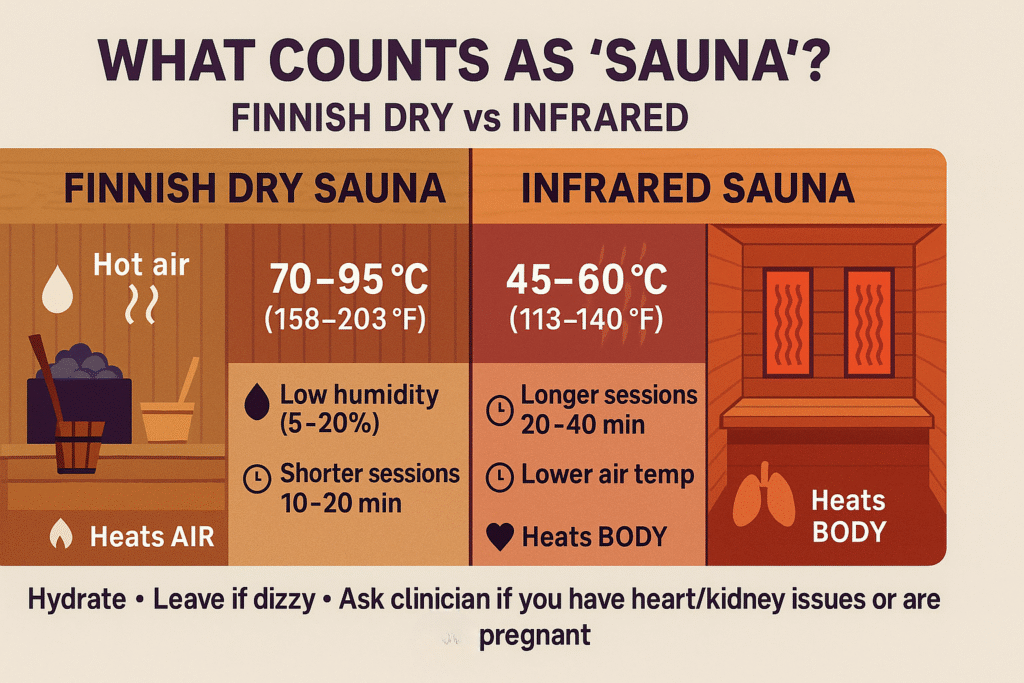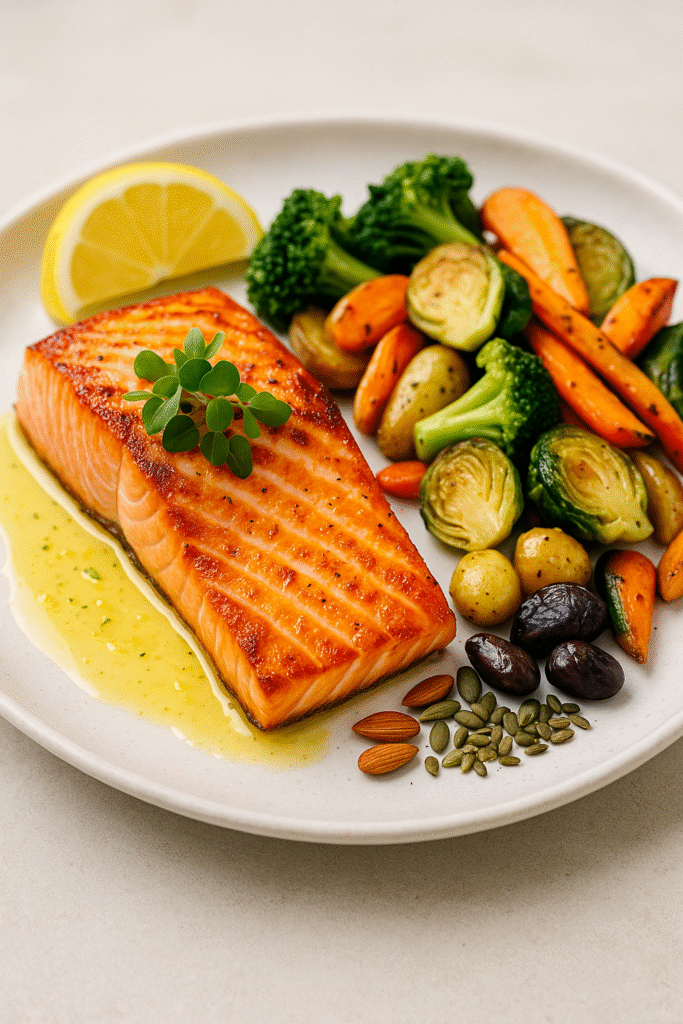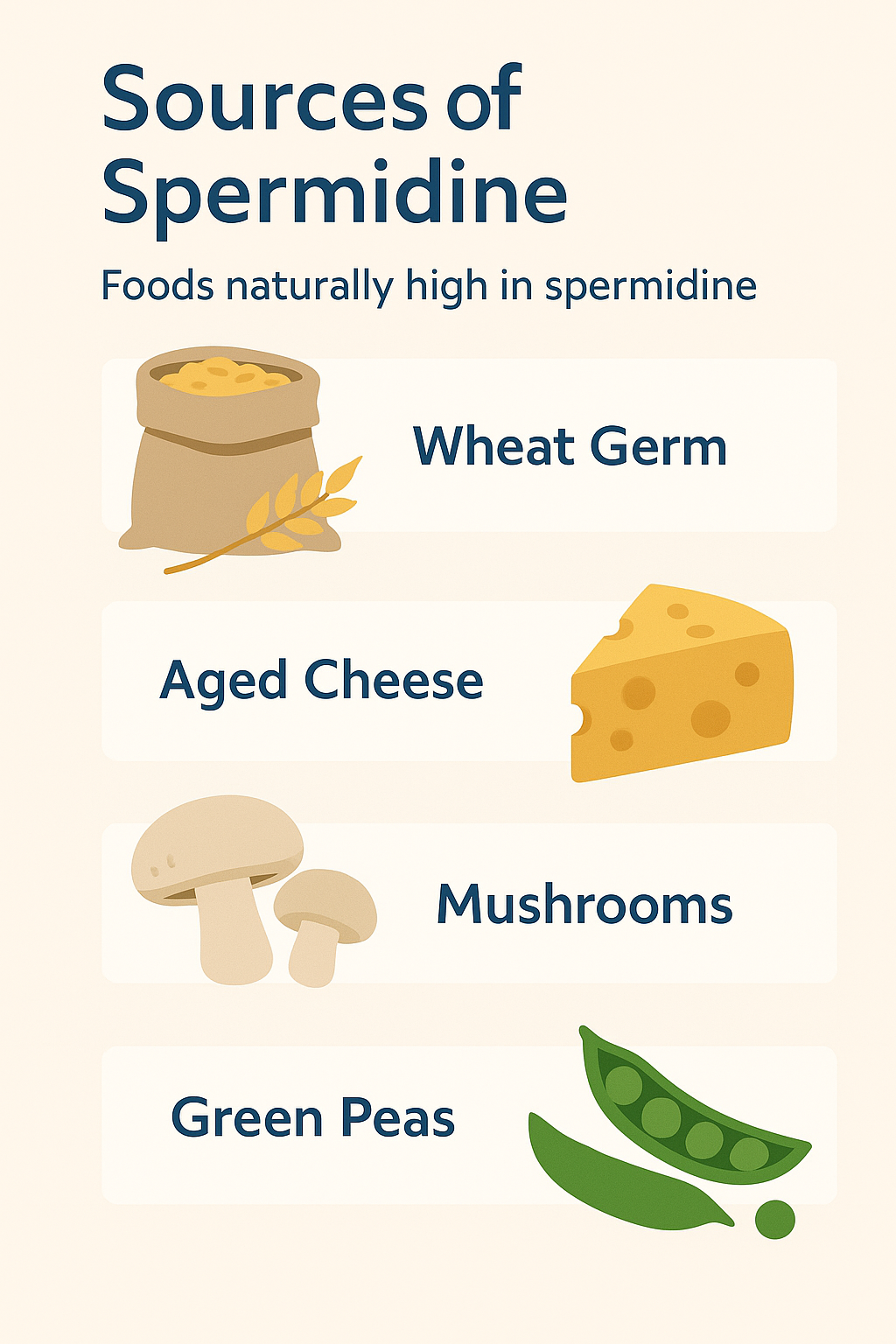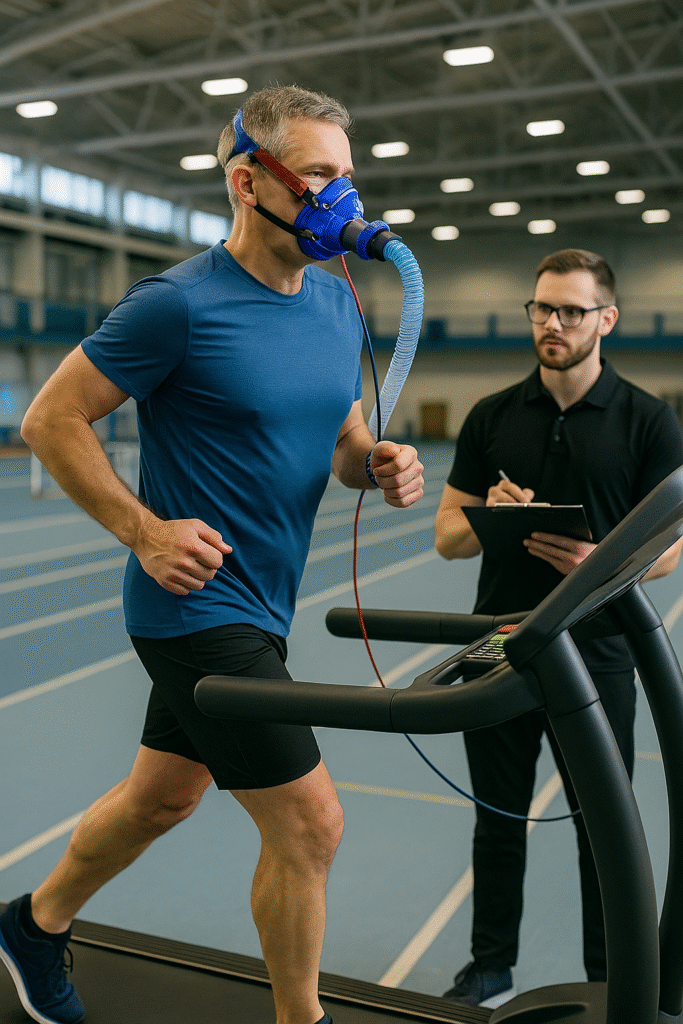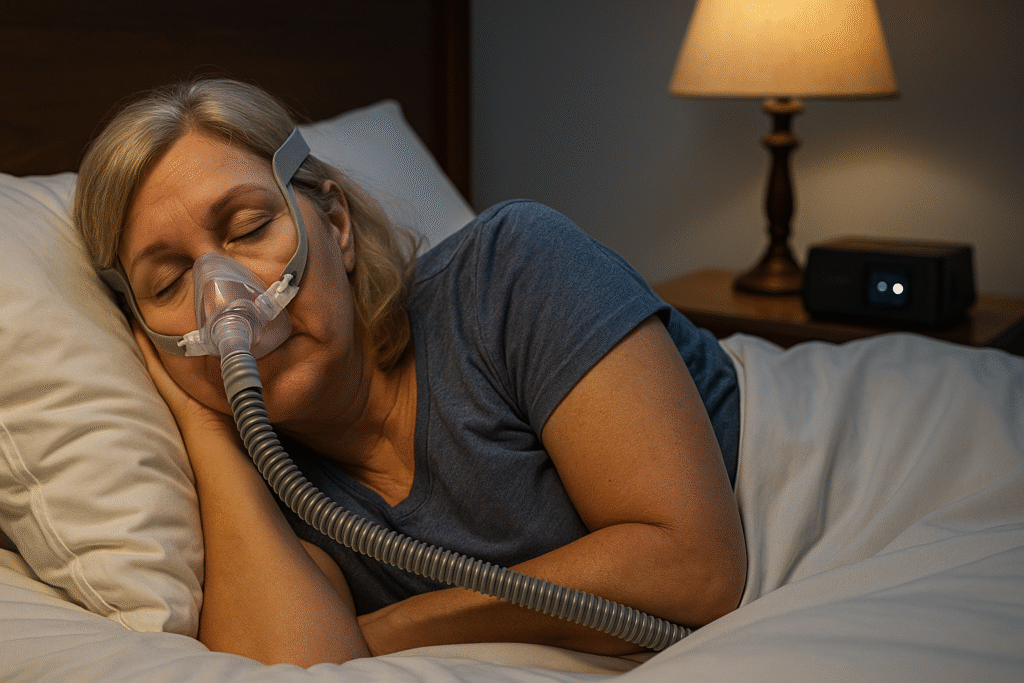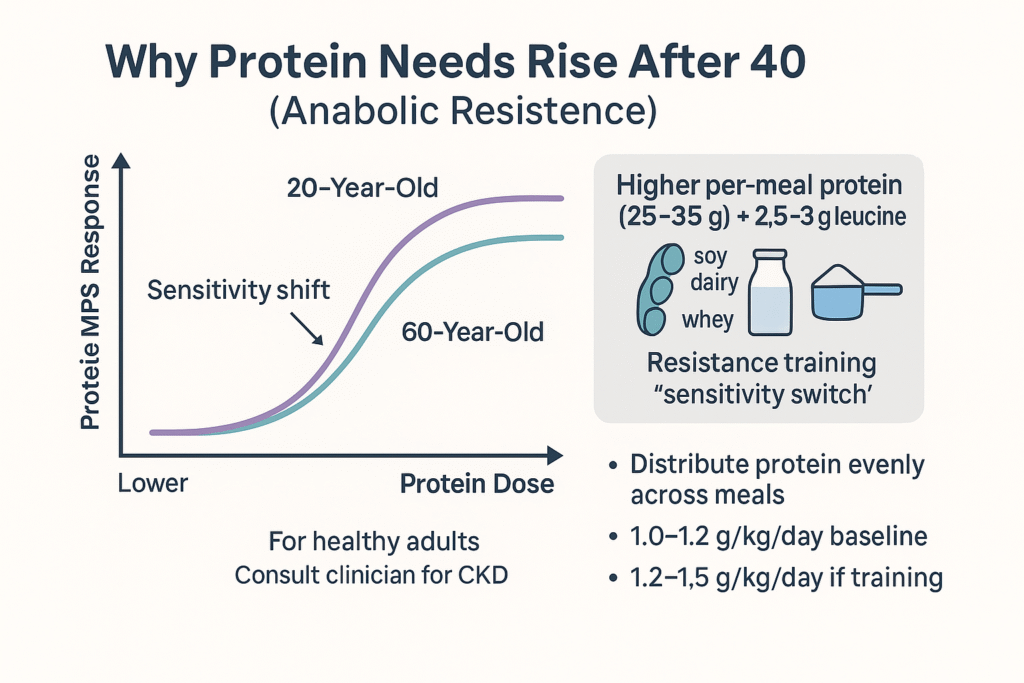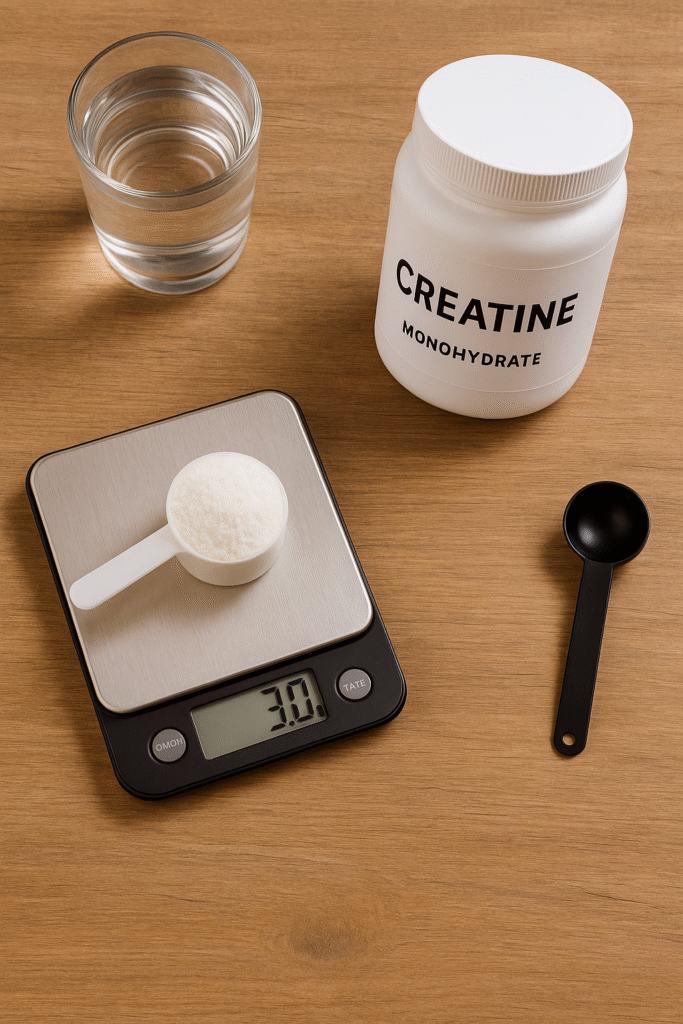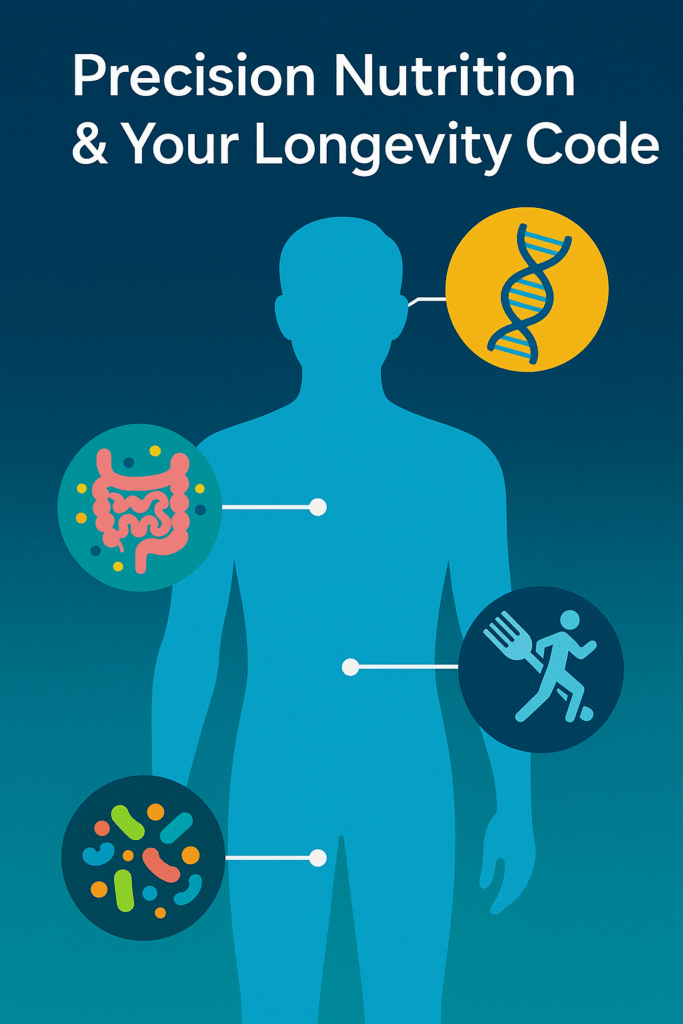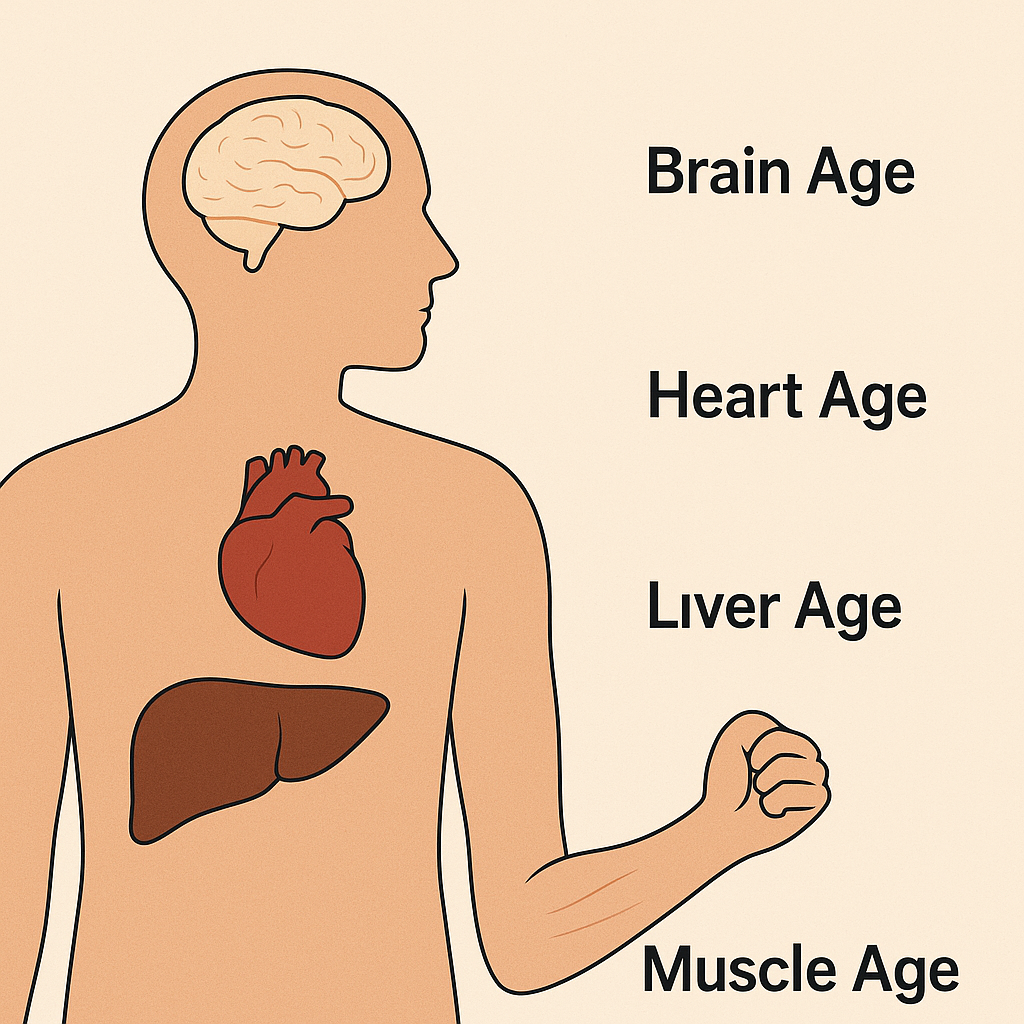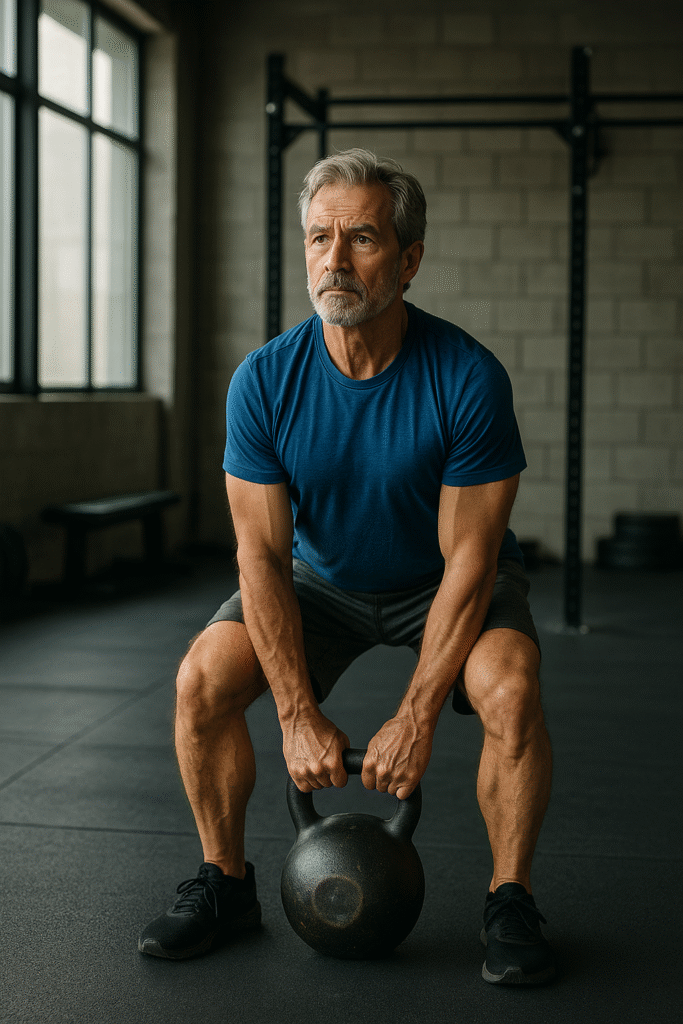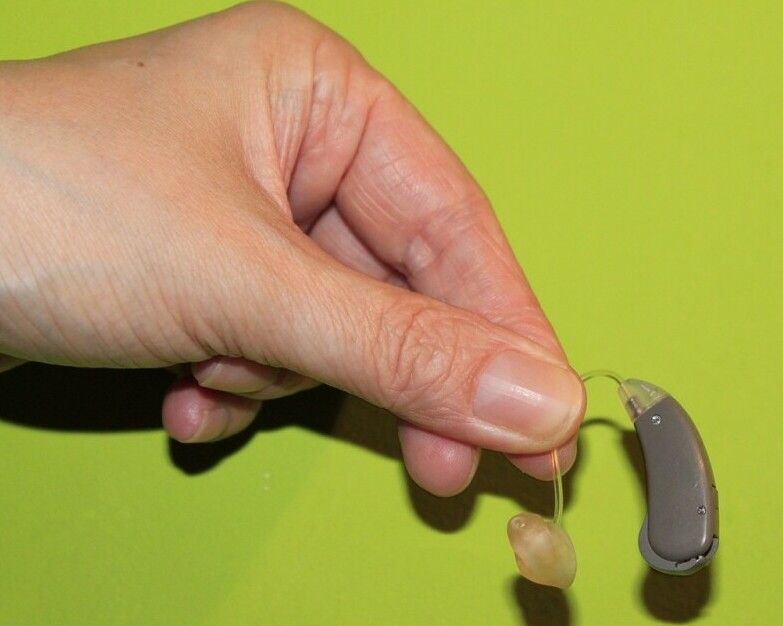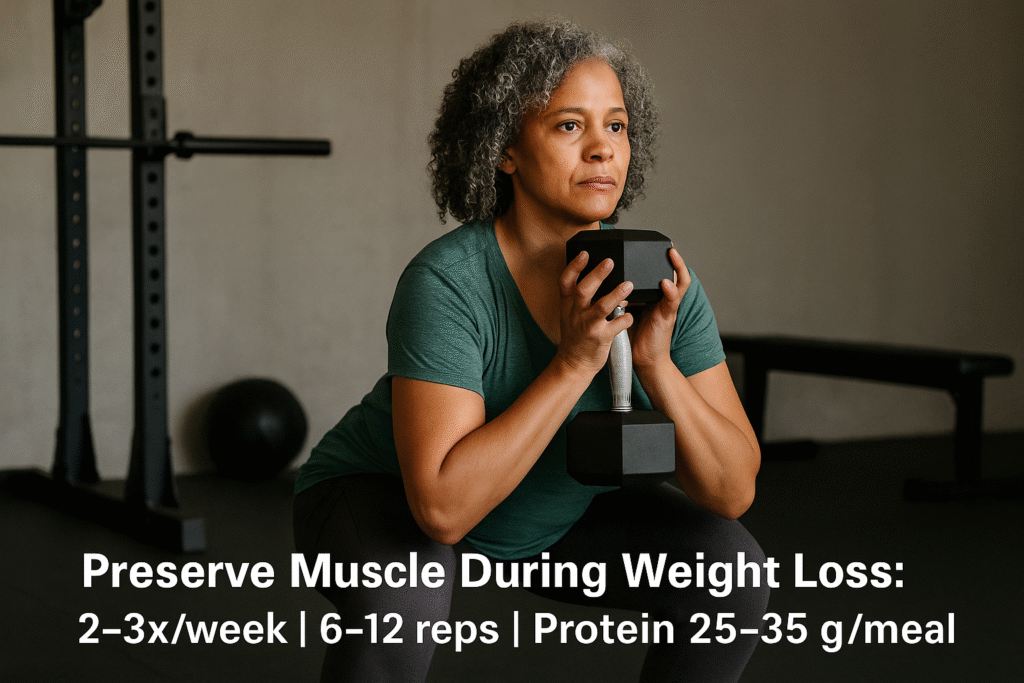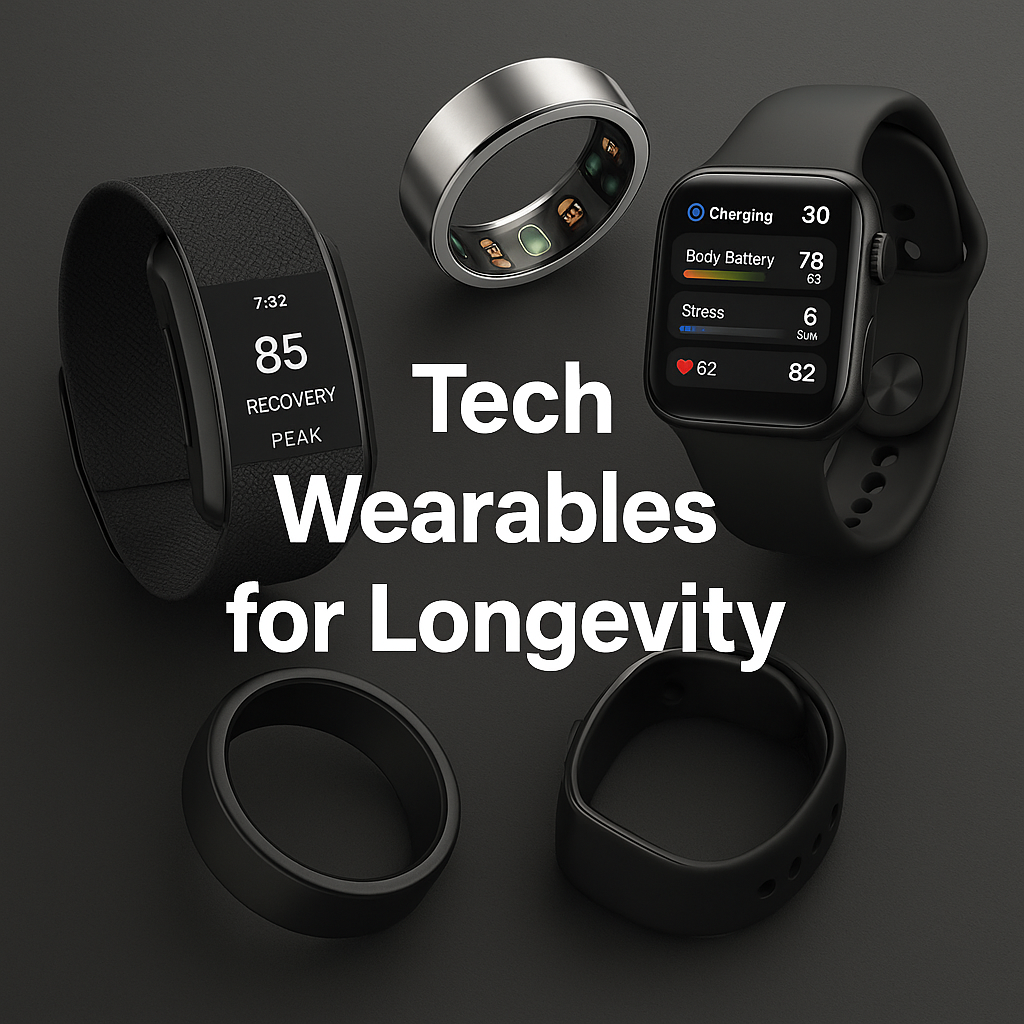Rucking for Longevity (walking with a weighted backpack) is a simple, scalable way to strengthen bones and muscles, raise calorie burn, and make everyday movement feel easier—when you progress load and distance intelligently and respect recovery. PMC
For rucking, start light (~10% of body weight) and walk 20–30 minutes, 2–3 days/week on mostly flat routes; add weight or distance gradually (no more than 10%/week) and prioritize posture, cadence, and comfy footwear. Evidence shows that carrying load boosts metabolic load versus regular walking, while weighted impact + resistance can help maintain bone in midlife/older adults (results vary by program and duration). Balance enthusiasm with injury prevention: watch hotspots (feet, knees, low back), rotate rest days, and combine rucking with strength training for best outcomes. Verywell Health+2PMC+2
Why Rucking Works For Longevity

When you walk with added load, your body must move more mass each step; studies of load carriage show a sharp rise in metabolic energy expenditure as pack weight increases—so you get more training effect from the same time investment. That’s valuable if your schedule is tight and you want cardio plus a bone/mechanical stimulus without running. PMC
On the bone side, weight-bearing impact and muscle pull on bone are key signals. Trials and position statements suggest that combined resistance + impact formats (jumping, step-ups, brisk loaded walking) can maintain or improvesite-specific bone mineral density (BMD) over time in older adults, especially with long-enough duration and adherence. Results vary: some weighted-vest programs preserve hip BMD, while others show neutral effects in specific contexts (e.g., during aggressive weight loss). The practical takeaway: make rucking one member of a mixed program that also includes strength and some impact if your joints tolerate it. PMC+4PubMed+4PubMed+4
One area that complements Rucking is your Protein intake. Check out the article “How Much Protein Is Needed After 40?”
Health outcomes: what’s supported vs. still emerging
Calorie burn & cardio: Load carriage reliably raises energy expenditure and can nudge walks into moderate-intensity territory at lower
 speeds. PMC
speeds. PMCBone health: Long-term programs that blend impact + resistance/loaded movement have shown maintenance of hip BMD in some cohorts; newer randomized data during weight loss are mixed, underscoring that program design and duration matter. PubMed+1
Joint & tendon resilience: Progressive exposure plus strength training tends to improve tolerance; however ruck marching has overuse injury risks (feet, shins, knees, back) if load and volume outpace tissue capacity—so progress intelligently. PubMed+1
Getting started: a 4-week on-ramp for rucking after 45
Baseline gear: a sturdy backpack (or ruck), flat-ish route, supportive shoes, optional trekking poles (they reduce perceived load and improve stability). PubMed
Week 1 (2 sessions):
Load = ~10% body weight (e.g., 17 lb for 170 lb person).
Time = 20–25 min easy pace (you can talk in full sentences).
Focus = posture tall, short strides, even cadence.
Week 2 (2–3 sessions):
Either +5 minutes per session or +5% body weight (not both).
Keep routes mostly flat, note hotspots (feet/shoulders).
Week 3 (3 sessions):
Hold load, add hills on one day; total time 30–35 min.
Post-session calf/hip flexor/hamstring mobility.
Week 4 (3 sessions):
If no issues, add another +5% body weight or +5–10 min.
One session stays short/easy; one is “moderate” (a bit breathy); one includes gentle hills.
Safety rails: Cap weekly increases to ~10%; keep non-consecutive days; if you feel joint pain >24 hours post-session, reduce load/time next week.
Programming for bone, metabolism, and joint health
Ruck 2–3×/week + strength 2×/week + one short impact session (if tolerated) is an effective, realistic template for most readers.
Bone stimulus: Add step-ups, stair climbs, or light jumps (e.g., 2–3 sets of 10 pogo jumps) on non-ruck days if your joints allow. Formal statements emphasize high-intensity resistance + impact for BMD improvements in postmenopausal women; scale to your context. PMC
Strength: Focus on hinge, squat, push, pull, carry; 2–3 sets of 6–12 reps. Carries (farmer’s, suitcase) pair nicely with rucking to train grip, trunk, and gait.
Cardio distribution: Let rucking cover much of your Zone 2 (conversational) time; mix in an optional short interval day only if sleep and joints are solid.
Technique tweaks that pay off
Load placement: Keep weight high and close to your center of mass (mid-back), straps snug; avoid sway.
Cadence over stride length: Faster feet with smaller steps reduce braking forces at the knee.
Poles (optional): Can reduce perceived exertion and share load on descents. PubMed
Foot care: Toe-box room, moisture-wicking socks; intervene early on hotspots to avoid blisters.
Common pitfalls (and how to avoid them)
Too much, too soon: Overuse injuries in military ruck marching correlate with pound-miles (load × distance) and rapid progression. Keep increases modest; rotate easy days. ScienceDirect
Chasing only load: Adding time, terrain variety, or cadence can progress the stimulus without jumping weight.
Ignoring strength: Bone responds best when you combine loaded movement + resistance + some impact. PMC
Who should be cautious?
If you have active foot/knee/back pain, significant osteoporosis with recent fragility fracture, peripheral neuropathy, or cardiovascular disease that limits walking, talk with your clinician or a physical therapist first; you may start with lighter loads, poles, or a weight-vest walk on flat ground before full rucks. (Some trials in older adults use weighted vests during weight loss with mixed bone outcomes—another reason to personalize.)
Favor flat routes, use trekking poles for stability, and choose rocker-soled, wide toe-box shoes if forefoot pain or bunions are an issue. If you have T-score ≤ −2.5 or a recent vertebral fracture, avoid heavy loads and steep descents until cleared; consider a weight vest (keeps load centered) instead of a backpack. Red flags to stop and regress: pain that alters gait, night pain, progressive numbness/tingling, or pain that persists >48 hours after a session.
Nutrition to support rucking after 45
Protein: Aim ~1.0–1.2 g/kg/day (higher if you’re training more); distribute 25–35 g per meal with ~3 g leucine to support muscle protein synthesis.
Hydration/electrolytes: Replace fluids on hotter, hillier rucks; consider an electrolyte mix if you’re a salty sweater.
Energy matching: On longer or hillier days, include purposeful carbs (fruit, oats, potatoes) to recover well and keep weekly consistency high.
(Protein and distribution targets align with prior Marquee Vitality pieces and consensus guidance.)
FAQs
Is rucking after 45 safe for knees?
Often yes—if you progress gradually and keep strides short. Add strength (especially glutes/hamstrings) to support the knee. Overuse risk rises with fast jumps in pound-miles. ScienceDirect
How heavy should I go?
Start around 10% body weight; top out where form, feet, and recovery stay solid. Many recreational ruckers live between 10–20% for general fitness. Verywell Health
Can rucking improve bone density?
It can contribute when part of a mixed plan; long-term programs that combine impact + resistance/loaded movementshow the most convincing hip/spine effects, but results vary. PubMed+1
Rucking for Longevity Product Picks
 4.8$63.13Buy Now
4.8$63.13Buy NowWeighted plates sized to pack sleeves and equipped with handles as kettlebell alternative.
Benefits: Lets you increase load in small steps (2x15 lbs) for safer progression.
Appeal: Simple, durable load that won’t slosh.
We earn a commission if you make a purchase, at no additional cost to you.
12/16/2025 08:09 pm GMT 4.7$255.00Buy Now
4.7$255.00Buy Now20 L pack with ergonomic lumbar support that protects the spine and helps braces your core.
Benefits: Keeps weight high/close to mids back, improves posture, reduces shoulder hot-spots.
Appeal: Perfect first ruck—room for varying plates.
We earn a commission if you make a purchase, at no additional cost to you.
12/16/2025 08:09 pm GMT 4.4
4.4$29.99$27.99Buy NowAluminum 7075 alloy telescopic and collapsible poles with ergonomic grips.
Benefits: Reduce perceived exertion, add stability (especially downhill) with added wrist straps.
Appeal: Great for new ruckers or uneven terrain.
We earn a commission if you make a purchase, at no additional cost to you.
12/16/2025 08:09 pm GMT 4.4$24.64Buy Now
4.4$24.64Buy NowWeighted vest offering evenly distributed iron sand to add extra resistance to your daily workout.
Benefits: Enhance your performance in yoga, jogging, weightlifting, rope skipping, and more exercises with this weight vest for men and women to enhance strength and stamina.
Appeal: Equipped with adjustable buckle straps that offer a snug fit no matter your body type.
We earn a commission if you make a purchase, at no additional cost to you.
12/16/2025 08:09 pm GMT
Conclusion
Rucking after 45 gives you more fitness per minute—higher calorie burn than a normal walk, a joint-friendly bone/mechanical stimulus, and a habit you can do with friends. The key is progression: start at ~10% body weight, add only one variable per week (time, weight, or terrain), and pair rucks with 2 days of strength and a touch of impact if your joints allow. Track comfort and recovery, not just numbers. Over months, the payoff is better stamina, stronger bones and muscles, and easier everyday movement—with far less hassle than a complicated gym routine.
For my audience of Baby Boomers and Gen X, although I don’t participant in rucking consistently. The simulation of rucking comes into play when I am traveling which means I am traversing through international airport terminals with my gear on my back resulting in a workout for strengthening my walk. I do however simulate the same workout using kettlebells on weighted walks which I believe targets some the same muscle groups for building bone while strengthening my core and my posture. On heavier weight days, I carry less weight and focus on the form to enhance the momentum gains of my workout. Most importantly, my key focus is to complement other areas of the body with this type of workout in order keep things fresh and the body from plateauing over stale repetitive workouts.
Disclaimer: All the content on this site is for informational purposes only, does not constitute medical advice, and does not establish any kind of patient-client relationship by your use of this website. I am not a health care professional. The information, including but not limited to text, graphics, images and other material contained on this website are for informational purposes only. No material on this site is intended to be a substitute for professional medical advice, diagnosis, or treatment. Before starting any new regimen, supplement, diet, or program, it is crucial to consult with a healthcare professional to ensure it is safe and suitable for your individual health needs and circumstances. Here’s a little transparency: This website also contains affiliate links. This means if you click and make a purchase, we may receive a small commission. Don’t worry, there’s no extra cost to you. It’s a simple way you can support our mission to bring you quality content.



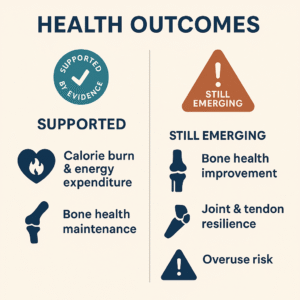 speeds.
speeds. 



